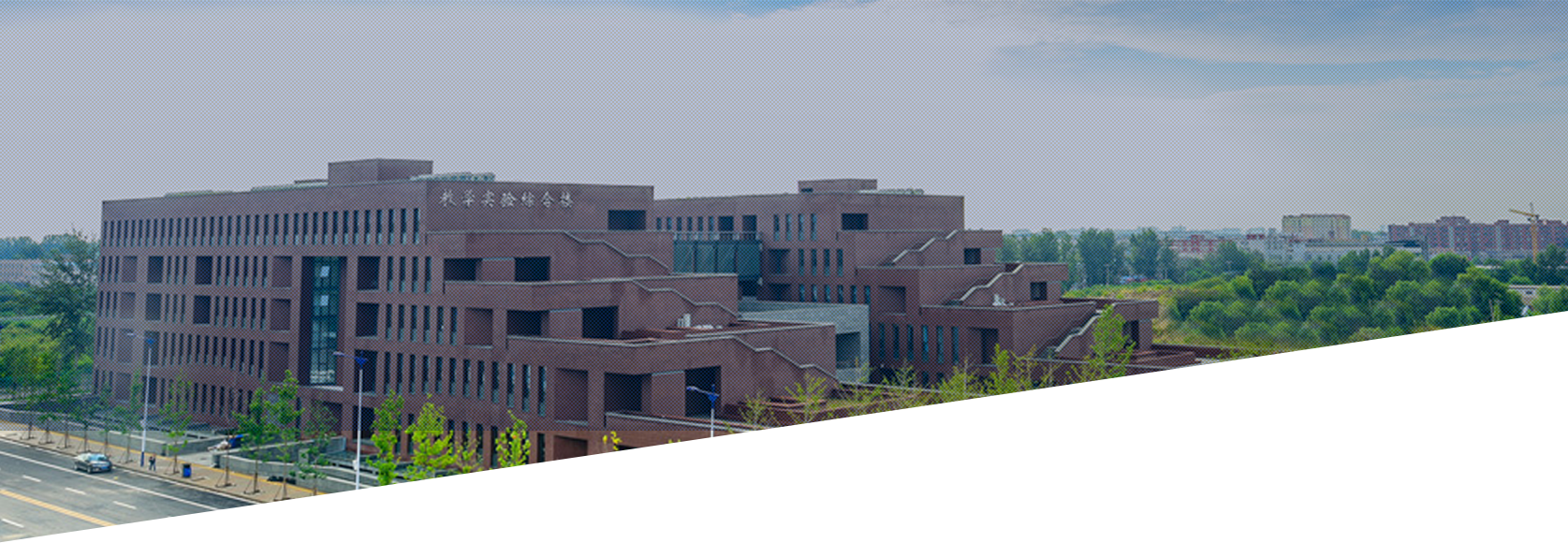報(bào)告題目:Understanding the impacts of urban canopy on the lower atmosphere: A microscale perspective and implications beyond
報(bào)告人:Qi Li(康奈爾大學(xué))
報(bào)告時(shí)間:2024年7月5日11:00---12:00
主持人:陳星如
地點(diǎn)(線下):理學(xué)院樓222
地點(diǎn)(線上):騰訊會(huì)議153-865-874
報(bào)告摘要:
Urban land surface modifies the flows in the lower atmosphere, called the atmospheric boundary layer (ABL); it also represents a critical source of various scalars (e.g., heat and passive pollutants) and particles (e.g., dust, microplastics, etc.). However, it remains a persistent challenge in large-scale weather and climate modeling systems to represent these transport processes. In the first part of the talk, motivated by observational evidence of the modification of urban precipitation climatology in multiple cities over the CONUS, we discuss how urban canopy modifies the transport of momentum and scalars, focusing on the effects of multi-scale surface heterogeneity. In the second part of the talk, going beyond the microscales, we examine the implications of anthropogenic sources of microplastic particles, especially fibers in global atmospheric long-range transport. A semi-analytical model based on the slender body theory and parameterization of the rotational dynamics is developed. The model is applied to field measurement data of airborne microplastic fibers collected in the US national parks and implications of the results will be discussed.
報(bào)告人介紹:
Dr. Qi Li is an assistant professor in the School of Civil and Environmental Engineering at Cornell University. She completed her Ph.D. in Civil and Environmental Engineering at Princeton University in 2016. Prior to joining Cornell University, she was a post-doctoral researcher in the Water Center at Columbia University working on numerical simulations of atmospheric turbulence. Her research focuses on developing and applying computational models to improve the understanding of turbulent flows and transport of scalars in the lower atmosphere, especially over complex surfaces, such as the urban environment. She is the recipient of the NSF CAREER award.

